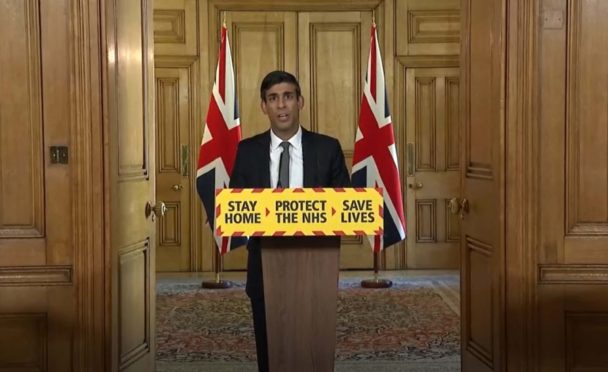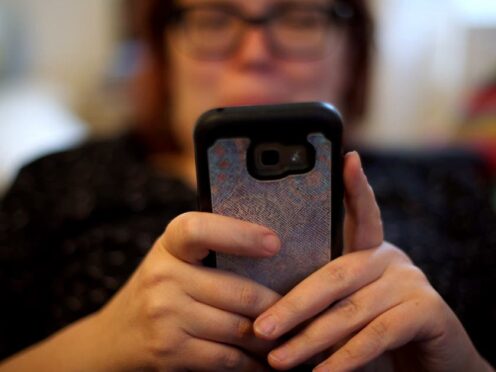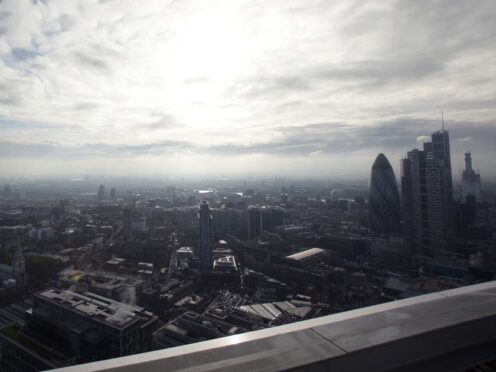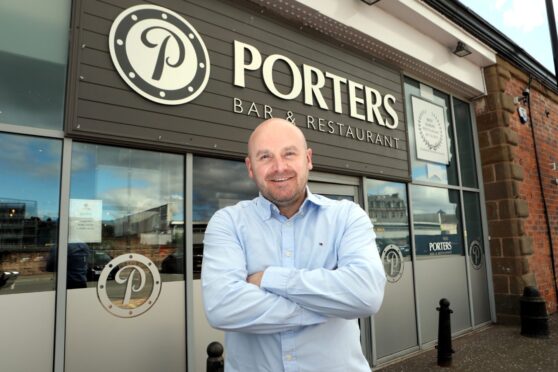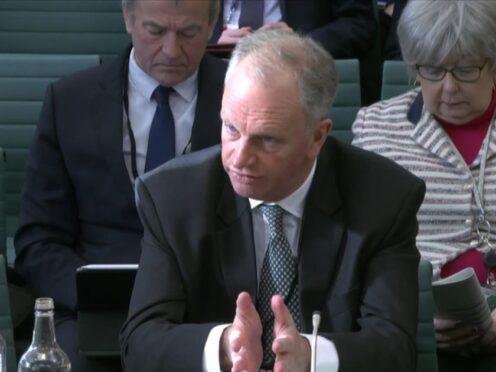Almost 130,000 people in Tayside and Fife have had their wages supported by the UK Government during the Covid-19 pandemic, new figures have shown.
HMRC’s figures – which cover until the end of June – show the scale of people signing up for the Coronavirus Job Retention Scheme (CJRS), where the Government has paid 80% of the wages of people placed on furlough, up to £2,500 per month.
Across Tayside and Fife, a total of 99,600 people have been on furlough at some stage – 29% of the entire workforce.
Broken down by local authority areas, in Angus there were 14,700 furlough claims, 17,700 claims in Dundee, 45,000 in Fife and 22,200 in Perth and Kinross.
Meanwhile, the self-employed income support scheme has given grants to 11,900 people in Tayside – 3,300 in Angus, 3,300 in Dundee and 5,300 in Perth and Kinross as well as 9,700 people in Fife.
The value of claims made in Tayside and Fife for the self-employed scheme alone is £61.9 million.
The figures show an increase of almost 15,000 people on furlough in Tayside and Fife from the first set of statistics which covered up to May 31.
UK-wide, HMRC said a total of 9.4 million people had been placed on furlough, an increase of 678,000 compared with claims made until the end of May.
A total of 1.14 million employers had made at least one CJRS claim – this is an increase of 75,000 over claims made to the end of May.
The total claimed was £26.5 billion at the end of June, representing an additional £9bn in support claimed since the end of May.
Employees of small and micro-sized employers were more likely to have been furloughed than those working for medium-sized and large employers.
57% of employments at employers with five to nine employees had been furloughed against just 19% at employers with 250 or more employees.
The accommodation and food services sector has had the highest proportion of employers furloughing at least some staff (87%) and the highest proportion of total employments furloughed at 73%.
By age, employees aged 17 were most likely to be furloughed. 61% of employments with a female employee aged 17 were furloughed, the equivalent figure for males was 58%.
Across the age bands and by gender, employments with male employees aged 41 to 49 were least likely to be furloughed (28%), while for females, employments where the employees were aged 41 to 57 were the least likely to be furloughed (23%).
Furlough scheme changes
The Coronavirus Job Retention Scheme will close on 31 October 2020.
From 1 July, employers can bring furloughed employees back to work for any amount of time and any shift pattern, while still being able to claim CJRS grant for the hours not worked.
From 1 August 2020, the level of grant will be reduced each month. To be eligible for the grant employers must pay furloughed employees 80% of their wages, up to a cap of £2,500 per month for the time they are being furloughed.
- For August, the government will pay 80% of wages up to a cap of £2,500 for the hours an employee is on furlough and employers will pay National Insurance contributions and pension contributions for the hours the employee is on furlough
- For September, the government will pay 70% of wages up to a cap of £2,187.50 for the hours the employee is on furlough. Employers will pay National Insurance and pension contributions and top up employees’ wages to ensure they receive 80% of their wages up to a cap of £2,500.
- For October, the government will pay 60% of wages up to a cap of £1,875 for the hours the employee is on furlough. Employers will pay National Insurance and pension contributions and top up employees’ wages to ensure they receive 80% of their wages up to a cap of £2,500.
